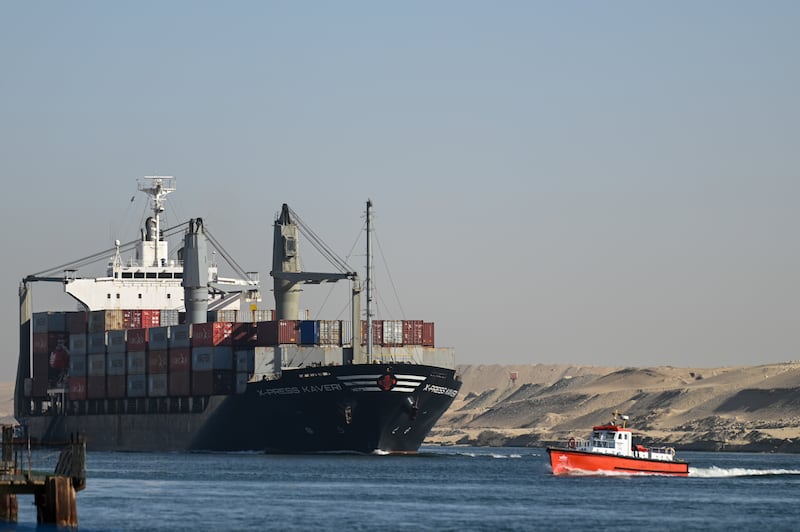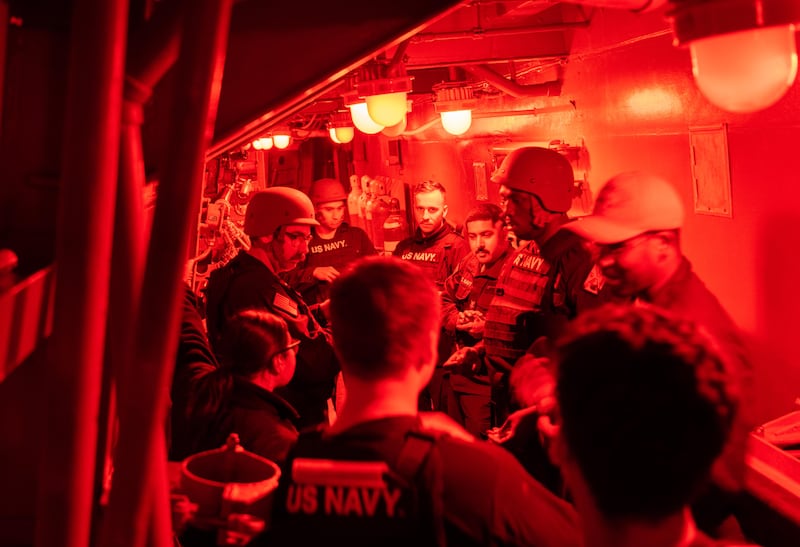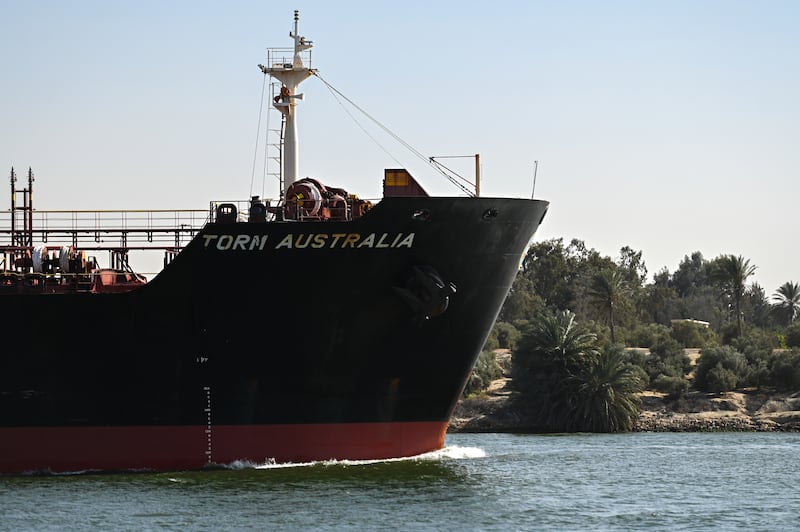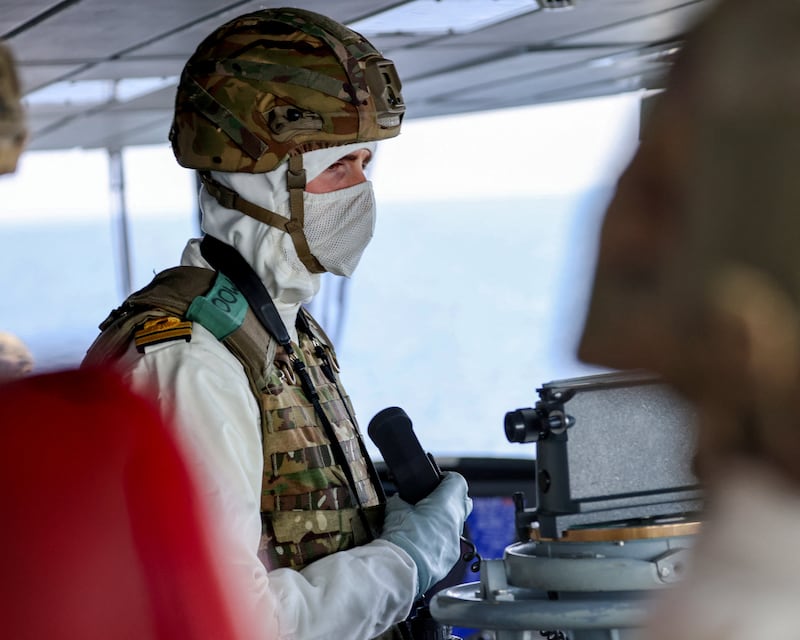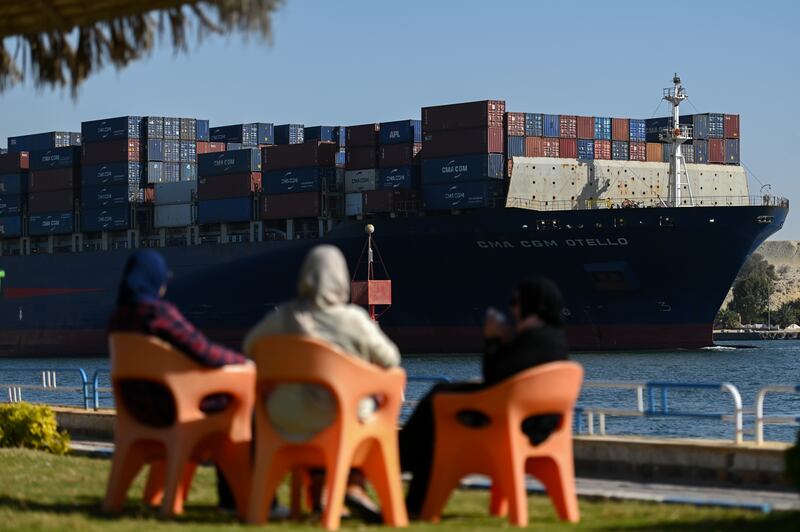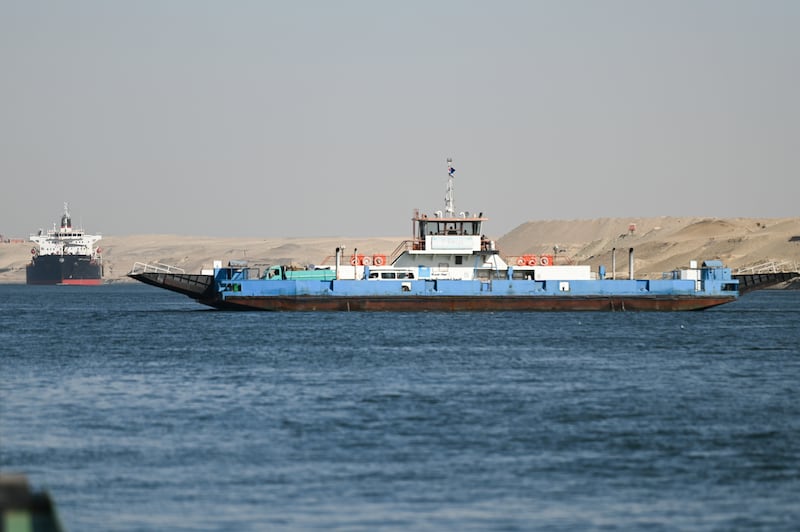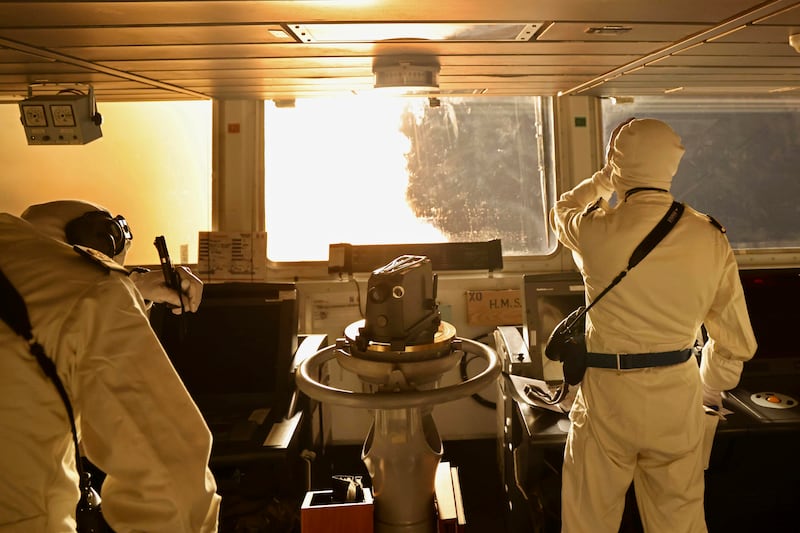The deaths of three sailors in a Houthi missile attack on a ship in the Red Sea last week heightened fears among the seafaring community, with some looking to abandon contracts and return home.
The shipping industry has been placed on a war footing since the first assaults on commercial vessels by the Iran-backed Houthi rebels began in November, after the start of the war in Gaza.
A chief officer, bosun and cook on board the Barbados-flagged True Confidence tanker were killed while sailing off the coast of Yemen last Wednesday, in the first deadly incident amid dozens of attacks on commercial vessels.
Many due to sail the same busy trade route are now looking to be released from working contracts.
The crisis poses a recruitment problem for shipping companies, the International Seafarers’ Welfare and Assistance Network said.
Treacherous journey
“At the moment, a lot of ships are still transiting the Red Sea,” said Chirag Bahri, the network’s international operations manager.
“But because some companies are on regular charters and operating vessels that need to deliver, they can't go around the Cape of Good Hope because they are carrying perishable cargo.
“This attack was the first fatal incident, we also have a few injured and one of them has had his leg amputated.
“This situation is going to be impacting a lot of seafarers and their families, these deaths will scare them as it is a frightening situation they find themselves in, for the entire shipping industry.”
Mr Bahri, a former seafarer who was taken hostage on a tanker by Somali pirates during his career, recognises the unrest many crew now feel. Although the current crisis will have similar ramifications for crew, companies have a legal obligation to offer them a way out.
“The companies are suffering a lot and obviously there's a lot of tension among seafarers,” he said.
“In my situation, we knew we were not going to get killed and the company eventually paid the ransom. In this scenario, if a rocket hits your vessel in the oil tank or somewhere on the bridge – it is catastrophic.
Indian Navy in dramatic sea rescue of True Confidence crew
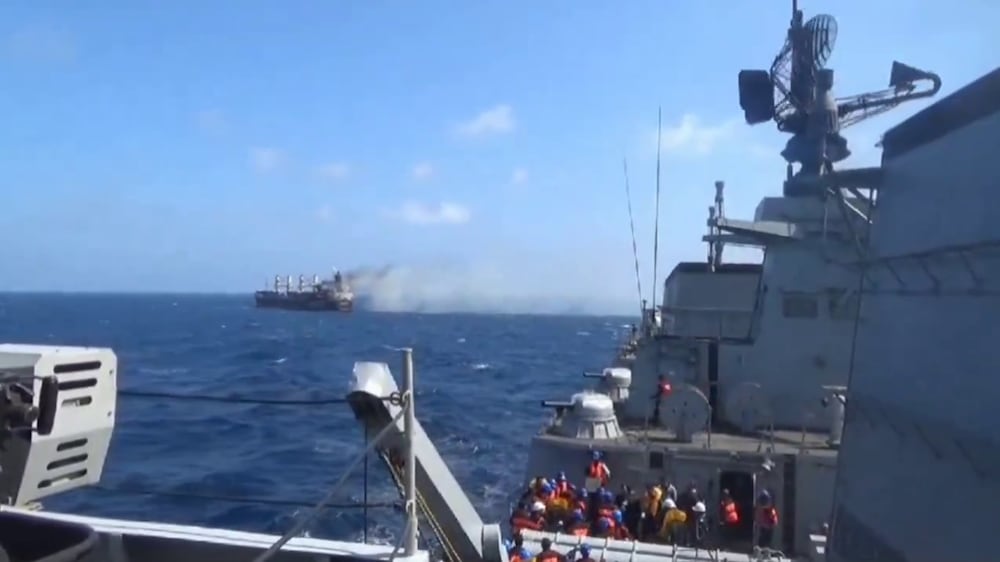
“High-risk routes are subject to maritime rules. This is not the first time they have been applied, as they were in place during the Gulf War and the height of Somali piracy.
“Unfortunately not all seafarers are aware of this and how it can be used to protect themselves.”
High risk areas
After an increase in attacks in February, the International Bargaining Forum Warlike Operations Area Committee agreed to additional measures to support seafarers’ safety and welfare.
High-risk areas were expanded to include the Southern Red Sea, Gulf of Aden and surrounding waters.
It allows the sailors the right to refuse to sail into the area with repatriation at a company’s cost and compensation equal to two months' basic wage.
However, the two months' basic pay compensation is not applicable if the sailors transferred to another vessel belonging or related to the same owner, on the same rank, wages and terms.
Seafarers must give seven days’ notice before entering the area, but those already on vessels or due to transit within the seven-day window cannot exercise their right to repatriation.
The number of tankers transiting through the high-risk area has more than halved since the first attacks, and the hijacking of the Galaxy Leader in November, which remains under Houthi control.
Raeid Tashtoush is a welfare support manager for the Mission to Seafarers in Aqaba, Jordan and the charity’s Arab World Co-ordinator.
Before the crisis, he would visit up to 50 ships a month – but since February, visits have more than halved.
“This crisis is affecting all seafarers,” he said. “Because of the situation, some are not allowed to leave their ships or the port so are unable to send money back home to their families. We are helping with that.
“Seafarers trust us, as we are not making any profit from them, like banks or agents for example.
“Recently, crew asked me about the situation and when the war will stop. Many believe they have no choice but to follow their contract and the routes the owners say they should take.
“Many do not want to come back to the Red Sea. They want our help, but they also know there is only so much we can do. Many of them have no choice but to sail through.”
Diversions from the danger zone
Diverting goods, including crude oil, from the Middle East to Europe through the Cape of Good Hope in Southern Africa adds about 18 days at sea.
Suez Canal traffic has decreased by 45 per cent, industry analysts Kpler found.
Ships transiting between Europe and Asia via the Suez Canal must pass through the Bab Al Mandeb strait, which connects the Red Sea to the Gulf of Aden.
It is a vital oil and gas transit route, accounting for 12 per cent of seaborne oil trade and 8 per cent of liquefied natural gas in the first half of 2023.
Rev John Attenborough, the Mission to Seafarers regional director for the Middle East and South Asia, and chaplain to the Cyprus Ports, supported a Sri Lankan crew of six who refused to sail through the Red Sea.
He said many crews were facing similar difficult decisions. “Some shipping companies are doing excellent work because they're diverting their ships at great cost,” said Rev Attenborough, in Limassol.
“The industry already has all sorts of impacts, from rising fuel costs, emissions and crew delays.
“The numbers revealed in the seafarer’s happiness index are speaking for themselves – morale is definitely going down.
“Many would love to find alternative employment, but I think a lot of them would struggle financially. This is a job for which they sacrifice their time, efforts, energy and safety for their families.”
